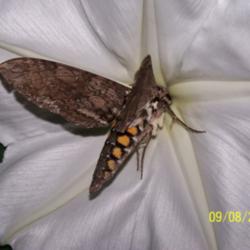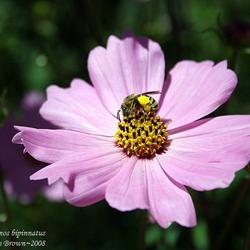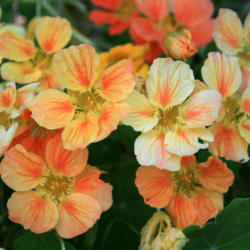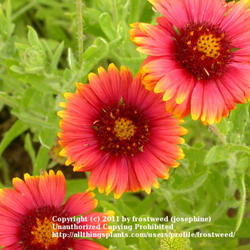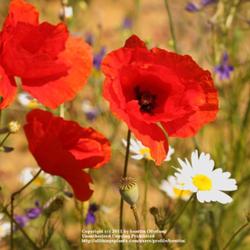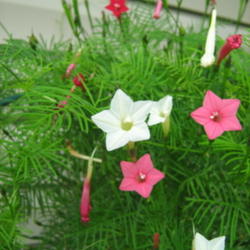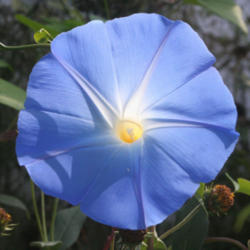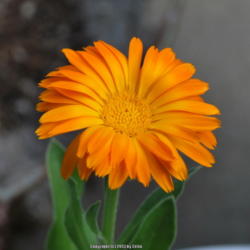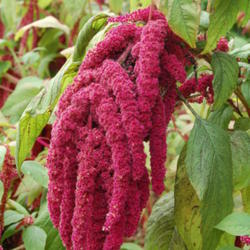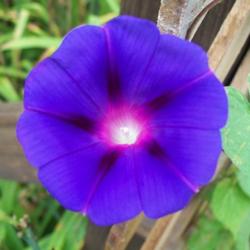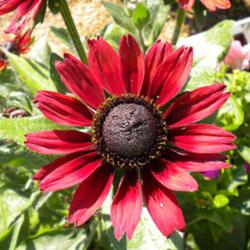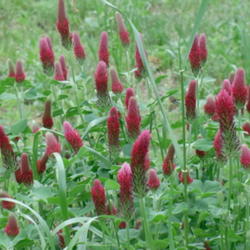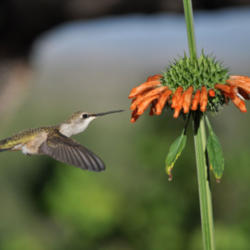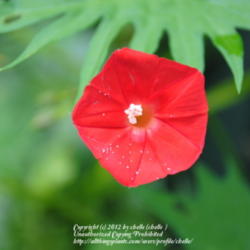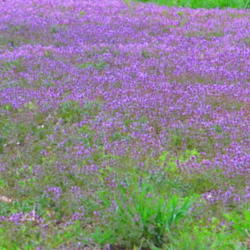#21: Crimson Clover (Trifolium incarnatum)
@Newyorkrita says, "Short lived in my garden. It grows, it flowers, and then it shrivels up and dies. Pretty enough to be grown as a garden flower. I love the shape and color of the flower."
@Horseshoe added, "Crimson clover, a fantastic "green manure" and much more.
Crimson clover is a great fall/winter cover crop, protecting the soil from erosion, offering nitrogen to the soil, buffering the soil temperature extremes, helping to keep soil biota more active and, when turned under, adding to the tilth of your soil.
In addition to the above, when crimson clover flowers it brings in the bees and other beneficial bugs which contribute to pollination and helps create a balance of diversity in the "bug kingdom," a much -needed environment.
Crimson clover seed is easily broadcast by hand or by a "whirly bird" type seed sower. Broadcast 30 to 60 days before your first frost/hard freeze for best results. Till or rake seed shallowly for best ground contact. Once established it will easily winter over in many zones."


